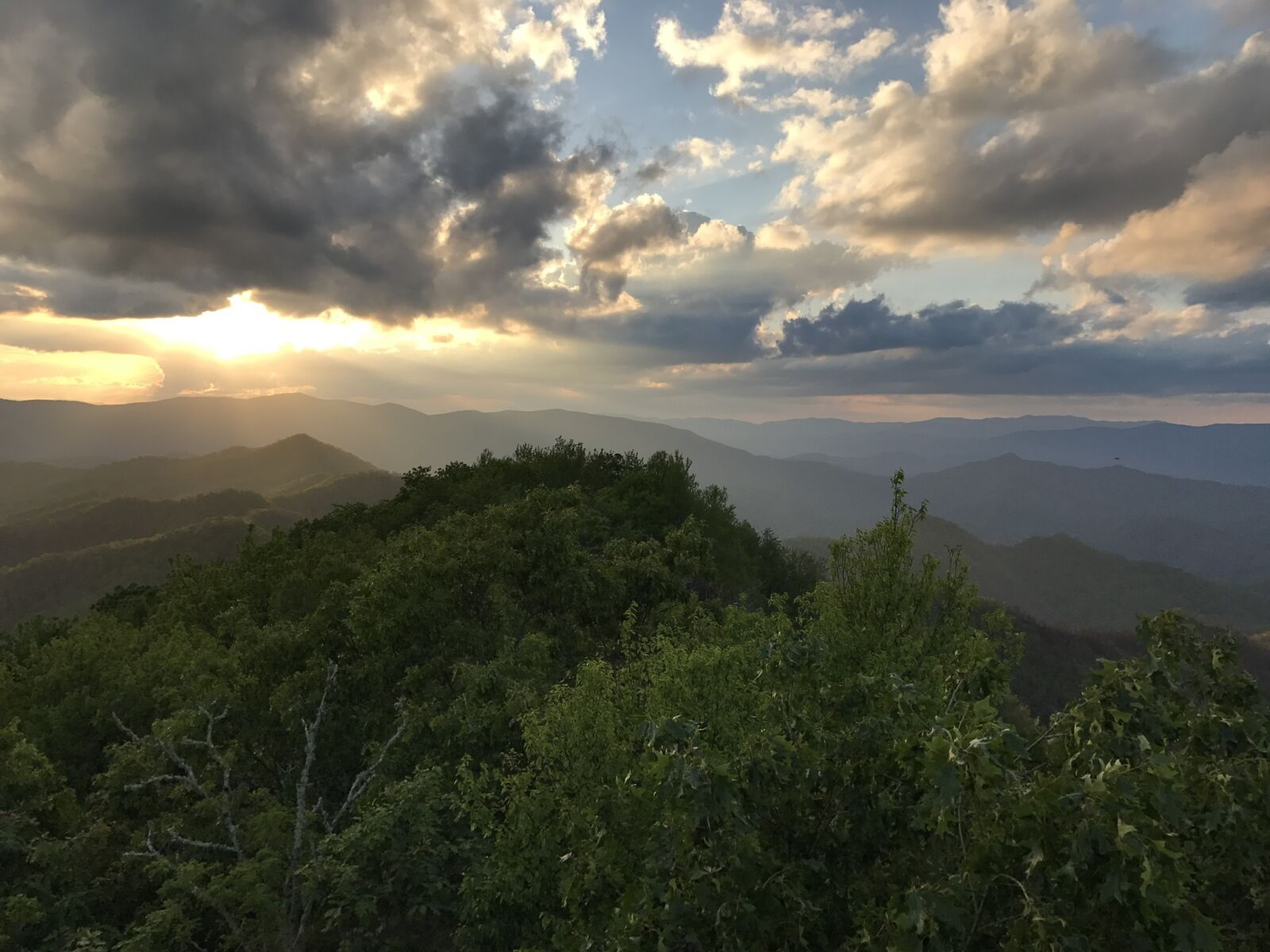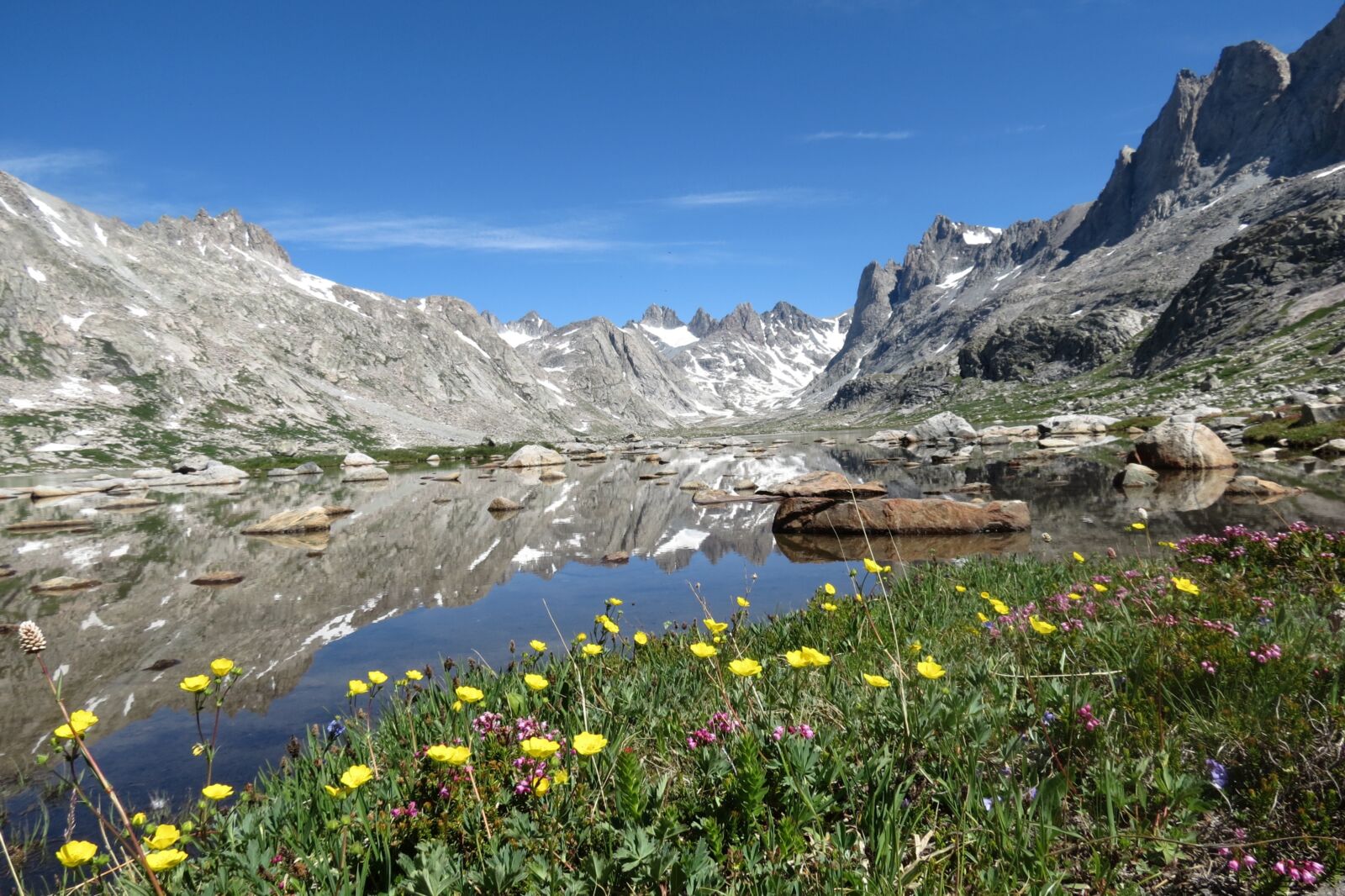Territorial wolves enforce it. Fort Knox gold depot practices it. Urban planners use it, and Trumpeter Swans are aware of it. The “it” in each of these cases is the spatial phenomenon of buffer areas or transition zones. These zones are also an important facet of our public lands.
Lines on a Map
Humans love to draw their lines. We are very good as delineating land according to ownership, management regimes, and other human-centered measures. Yet nature pays no heed. Gravity pulls water downhill from a National Forest into state or county parkland. Animals migrate in patterns established millennia before “public lands” even existed as an idea; they adapt their movements to signals from their environments.
America’s public lands are literally defined by lines on maps, markings that are crucial for planning, conservation protocols, budgeting federal dollars, and allowing or denying access. Because of these demarcations, we know for instance that National Forests total 193 million acres, and that precisely 562 National Wildlife Refuges dot the map of the U.S.
Of course, natural systems have boundaries as well: a ridgeline that divides watersheds, a canyon that marks transitions in landforms (and may bedevil land-based transit), or even changes in soil composition that support widely varying plant and animal communities.
Often, natural boundaries form the basis for our lines on the map; for example, in New Hampshire, the White Mountain National Forest corresponds very closely to the highest elevations in the region, topping out with Mt. Washington at 6,288 feet. The Cascade Mountains divide Oregon’s and Washington’s wet (western) and dry (eastern) zones with their radically different landforms, flora, fauna and weather systems. But sometimes, our human-drawn lines bear no relation to these natural or geographical boundaries.
Essential Continuity
Where resources (prey, gold, housing, wildlife, etc.) need protection and active defense, transition zones play an important role. In the public lands realm, the phenomenon of parks ringed by forests is striking. At the northern end of the Cascade Range lies North Cascades National Park, hemmed in by the Okanogan-Wenatchee and Mt. Baker-Snoqualmie National Forests. Four different National Forests encircle Yellowstone National Park almost entirely. The concept of the “Greater Yellowstone Ecosystem” is firmly entrenched and widely understood throughout the region. And in the East, the Great Smoky Mountains National Park is anchored into its Appalachian setting by the Nantahala-Pisgah and Cherokee National Forests. These settings provide essential ecosystem continuity for the parks, enhancing habitat for wildlife and recreational opportunities for humans.

Photo by Valerie Pruc
Nantahala National Forest, North Carolina
Because national park systems in both the U.S. and Canada attempt to minimize disturbance and land use change, they are places where natural processes dominate and human influences are minimized. These landscapes attempt to give us glimpses of a world quite different from our everyday lives while also providing a window into a previous era. Their lack of alteration makes them valuable benchmarks against which human impacts can be measured, but to execute that preservation mission requires space, sometimes more space than our human-drawn boundaries offer.
That’s why National Forests that function as buffer zones, like those in the Pacific Northwest, Yellowstone and Appalachia, are so important. Yellowstone is known for its wildlife—elk, grizzly bears, bison and, of course, wolves. Certainly, these animals don’t recognize when they’ve crossed from Yellowstone Park to the Custer-Gallatin, the Bridger-Teton or any of the other National Forests that surround Yellowstone. But Yellowstone’s vast herds wouldn’t exist without the additional habitat provided by the bordering forests. For example, there are currently about 105 wolves in Yellowstone Park. If you add in the wolves that live in the Greater Yellowstone Ecosystem, the number doubles. This allows for critical genetic exchange and for new populations to establish and thrive, all of which helps ensure a stable population of wolves (and elk and bison and other animals) in the park proper.
In contrast to National Parks, National Forests operate under a goal of conservation, which is use-oriented. Fundamentally different from preservation, conservation implies human beneficial use. Gifford Pinchot, the “father of the National Forest System,” frequently stated the goal of conservation is “the greatest good to the greatest number for the longest time,” an ethos that remains to this day within the U.S. Forest Service. Forests are sometimes referred to as “working lands” because of the timbering, grazing, and even mining that occurs on them.
Over time, society has layered on to the role of National Forests a growing expectation of sustainability so the wildlife, trees, water supply, biological diversity, and many other attributes are not overly diminished by human use.
Getting to Scale
Scale is a critical factor in how our public lands function, and their relative scale can be surprising. In fact, National Forests occupy a far larger footprint in the United States than do National Parks. Excluding Alaska, there are just under 30 million acres of National Parks versus 169 million acres of National Forests. Bureau of Land Management and Wildlife Refuges (again, excluding Alaska) add a whopping 251.3 million acres to these totals. And, such scale matters because many ecological functions, whether wildlife or carbon sequestration or water cleansing, require immense space.

Photo by Tim Farris
Bridger-Teton National Forest, Wyoming
The concept of buffer zones is not new. In the 1800s the African railways put a preserve area for one mile on either side of their railway lines, a de facto park, surrounded beyond by hunting and harvesting areas. Certain First Nations hunting societies set aside no-go areas, sometimes at the territorial boundaries between tribal hunting grounds, and these served as park-like source areas for wildlife production.
American public land managers have come more recently to recognize the deep ties between their respective lands. In recent decades, broader system-type thinking has led to concepts of “landscape level conservation” that actively seek out the advantages of adjacency and scale. Starting in 2009, federal officials explicitly began managing forest restoration (especially with wildfire) with an “all lands” approach spanning ownership and taking a more holistic view.
Such holistic thinking bodes well for our public lands. As these lands face rising threats from climate change, larger and more frequent wildfires, fragmented wildlife habitat, invasive species, and stresses on the water cycle, greater cooperation and synergy offers new hope for both public lands preservation and conservation.
What does this mean to the members of the public who want to use these lands? It means that destinations like North Cascades, Yellowstone and Great Smoky Mountains exist in their “preserved state” precisely because they are ringed by forests that provide the scale needed for such preservation. It also means we can have the best of both worlds: a dispersed campsite outside of a developed (and busy) campground, mushroom gathering, fishing or hunting on a National Forest, or easy wildlife viewing, ranger-led interpretive programs and iconic vistas on a National Park. Ironically, because the National Parks have actively marketed themselves for a century as “destinations,” it can be harder to find solitude and quiet than in National Forests which draw fewer visitors.
Nature represents the ultimate Garden of Eden or the Para diza of the Persian Empire that yielded the word paradise. We crave an exit from the human-built environment of carpeting, cement, climate control, and cellophane-wrapped “nutrition” at arm’s reach. But how far away do we wish to go to meet satisfy this craving? Maybe a city park, maybe a National Forest campground, or possibly, immersion in a designated wilderness area essentially unchanged for centuries. What’s remarkable is that we can access these ancient landscapes, in part, because they are protected by laws and policies, but largely because they are preserved by sprawling buffers zones.
Such places are good for wildlife, water, and much more. Including us.

